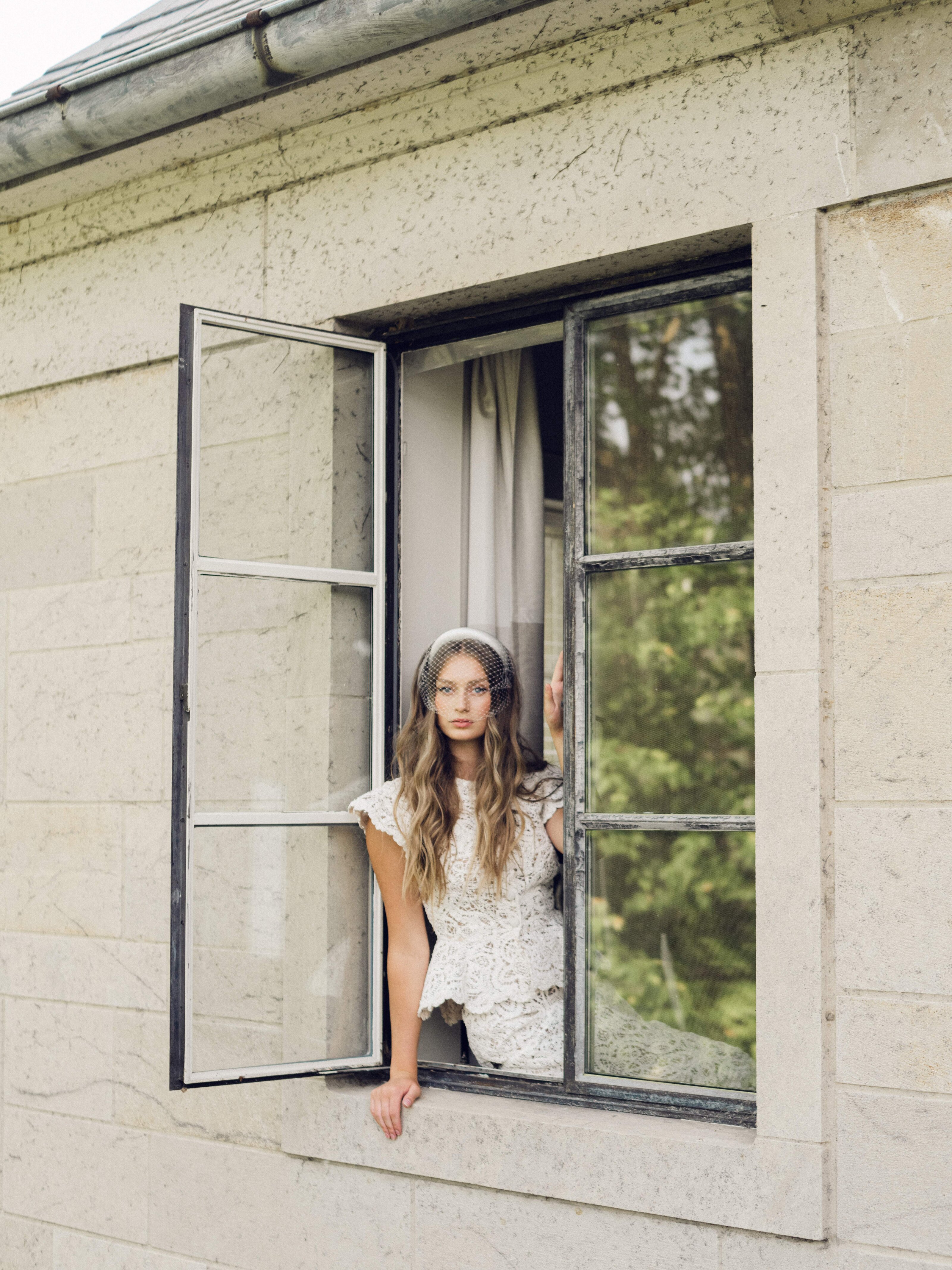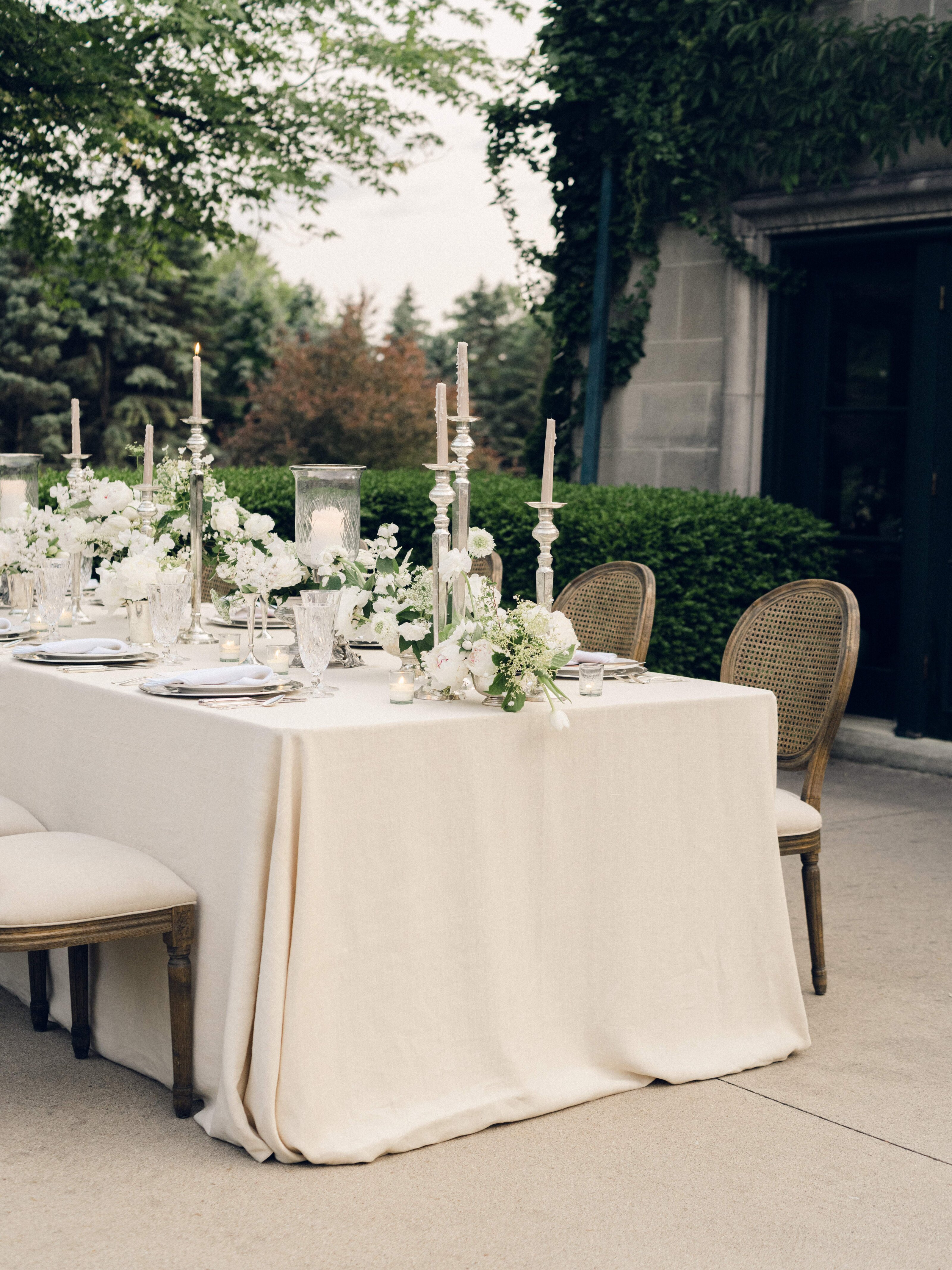What We Lost When We Made Editing Too Easy: A Love Letter to Creative Clarity
The Indecisive Curse Hiding in Your Editing Workflow as a Photographer
The modern editing workflow for photographers has never been faster.
We can sync settings, batch cull, automate.
And yet—somehow—we’ve never felt less clear.
We can edit forever. And that’s the problem.
Because if your editing workflow is built for speed—but not built for clarity—then all you’re doing is finishing galleries faster… while slowly drifting away from your style.
That’s the curse of the modern editing workflow for photographers.
And this post is about remembering what we lost when we made it too easy.
When the Process Was the Point
I still remember the smell of the chemicals at 2 a.m.
The hum of the enlarger.
The quiet of the darkroom.
The rinse tray whispering in the background as I waited for a test print to dry.
Before Lightroom was a software, it was a place.
A light table. A space to lay down your contact sheets—ten, maybe thirty-six frames at a time—and decide.
No scrolling. No presets. No sliders. Just your eye, your memory, your gut.
In college, I built a pinhole camera out of clay. I critiqued prints until I couldn’t see straight. I failed entire rolls and tried again.
Not because it was better.
Because it asked something of me that modern editing workflows often don’t:
Clarity. Commitment. Choice.
What We Gained in Speed, We Lost in Trust
Today’s editing workflow for photographers is lightning-fast.
Apply a preset. Tweak. Sync to all. Crop. Export. Re-export. Repeat.
But with that speed comes the slow erosion of your confidence.
Because you can change it all later… so you do.
And again.
And again.
The tools get faster.
But you still feel stuck.
Still feel unsure.
Still feel like your work is almost right—but not you.
That’s not a technical issue.
That’s a clarity issue.
This Is the Drift No One Warns You About
Your editing workflow might be optimized.
But is it aligned?
If you can’t define what your style looks like in words…
If you constantly rework finished galleries…
If you feel disconnected from your own images after you export them…
Then chances are, your system is fast—but not intentional.
And that’s what’s missing.
How to Fix an Editing Workflow That Feels Overwhelming for Many Photographers
If you’re stuck in the loop of second-guessing, over-tweaking, or re-editing galleries you already sent… you’re not broken. You’re just trying to do creative work without a clear container.
Here’s how to rebuild an intentional editing workflow for photographers—one that gives you structure without stifling your style.
1. Create a “Stop Editing” Rule
Set a hard limit for how many rounds of editing you’re allowed—per gallery or per session.
✓ Use a limited amount of visual references to stay focused, use these to reference as you edit only a couple dozen images throughout
✓ Review that smaller selection, make quick tweaks if needed under 30 minutes
✓ Then make your first big editing pass through the whole gallery using those edited references
✓ Review small batches as you go, to avoid re-editing and tweaking the entire gallery later
✓ Check for errors, missing photos, etc (this is not an editing check since you’ve been doing this as you go, this is just a simple quality check)
✓ One final export
Done.
If it doesn’t feel right, the issue is clarity at that starts at the very beginning before you edit, not the edits themselves.
2. Name Your Season
Write a short, living statement about how you want your work to feel this season.
Think: “Warm, honest, a little gritty.”
Or: “True-to-life but nostalgic.”
Post it where you edit. Let it guide your decisions.
This one exercise alone can save you hours of indecisive color grading—and bring cohesion to your editing workflow without relying on strict “signature style” rules.
3. Curate and Cull Like a Storyteller, Not a Perfectionist
Culling and curation is where the overwhelm starts.
To build a better editing workflow for photographers, you have to stop trying to keep everything.
Cull based on emotional tone, not only technical perfection. Curate what your clients are needing, but also what they’re feeling or what they might not even know they want.
Ask: Does this move the story or moment or concept forward or add to it?
If not, let it go.
4. Audit Your Intentions
Before you start editing, pause and ask:
→ Am I chasing a trend I saw on Instagram? (This is okay by the way, but acknowledge where it’s coming from and see if you can use it just as a concept you can make your own, or question if it even applies here or is appropriate here)
→ Or am I editing in a way that supports the mood, story, and creative identity I actually want to cultivate?
That one minute of reflection can save you from hours of editing whiplash.
You don’t need to be perfectly consistent across every gallery.
You need to be intentionally cohesive with what your work is trying to say.
5. Build in a Weekly Reset That is Actually Needed For Photographers’ Workflows
Every editing workflow for photographers needs a rhythm.
Once a week, reflect on:
- What felt aligned?
- What felt off?
- What do I want to adjust next week?
Creative clarity is a moving target—but a weekly rhythm makes sure you don’t lose it completely.
If You Want a Framework That Holds You—Not Just Your Deadlines
That’s what The Soft Focus System and The Atelier are for.
These are not productivity tools.
They’re containers for clarity.
Designed to help photographers create with confidence, not chaos.
You don’t need a new preset.
You need a rhythm that reflects your actual taste—and gives you permission to trust it.
+ view the comments

